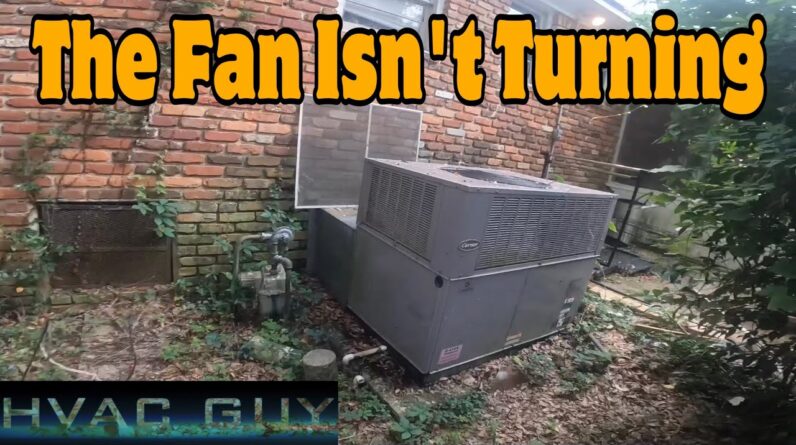Diagnosing and Solving an HVAC Problem: A Detailed Guide
In this article, I’m going to walk you through a troubleshooting experience I had not long ago with a heating, ventilation, and air conditioning (HVAC) unit. This experience involves the replacement of a compressor, understanding clogged drains, and acknowledging the importance of diagnosing and solving HVAC problems in a timely manner.
Starting the Troubleshooting Process
The day started off like a normal one, diagnosing a problem with a customer’s HVAC system that I had worked on not too long ago. I was hoping for a simple resolution – maybe a clogged drain or something that did not involve a major system overhaul.
The Process of Elimination
After reaching the site, I fired up my gear, hoping to find the underlying issue. An initial check showed the unit running at 240 psi, a healthy operating pressure, which was a positive sign. However, on opening the panel of the HVAC unit, an unpleasant surprise was waiting. The control board was completely burnt out, an unmistakable barrier to the system operating as efficiently as it should.
Finding an Interim Solution
With the situation at hand, I quickly came up with a plan to provide the customer with some immediate relief. I decided to temporarily hook up the system so that the customer could have some cooling until I could collect and install a replacement board.
Returning with the Essential Part
Managing to find the replacement board with similar hookups and wiring, I returned to the customer’s house. The focus now was to ensure correct wire connections while setting up the new board. Although some of the hookups were a little different, the wiring was similar, which made the process a tad easier.
Setting Up the New Issue
It was then time to disconnect and document each wire that leads to specific points within the system. This is an important step in ensuring that the new board is correctly hooked up. Particular attention is needed on multiple items during this connection process, including the low pressure switch, reversing valve, outdoor air temperature sensor, and others.
Putting it all Together
Once everything is adequately connected, it was time to switch on the system and witness the magic happening. With the system humming perfectly and the cooling back in action, the relief on the customer’s face was clearly visible.
Follow Up and Future Plans
Installing the defrost board and making sure that the installation was successful left me satisfied. The job entailed visits on multiple occasions, as well as a thorough understanding of the HVAC system. It also allowed me to revisit a system that I had worked on previously, a rare opportunity in this line of work.
The troubleshooting process was both challenging and rewarding. The knowledge and the practical experience gained from this will certainly be invaluable. I have a few more exciting activities lined up ahead, including a fresh installation project for the new 14 CR2 two-stage system by Rude.
Conclusion
Troubleshooting HVAC systems is more than just work—it’s about ensuring customer satisfaction. It’s about delivering comfort in their homes and businesses. I hope you all enjoyed walking through this experience with me. Stay tuned for more exciting installations and troubleshooting journeys in the HVAC world.






